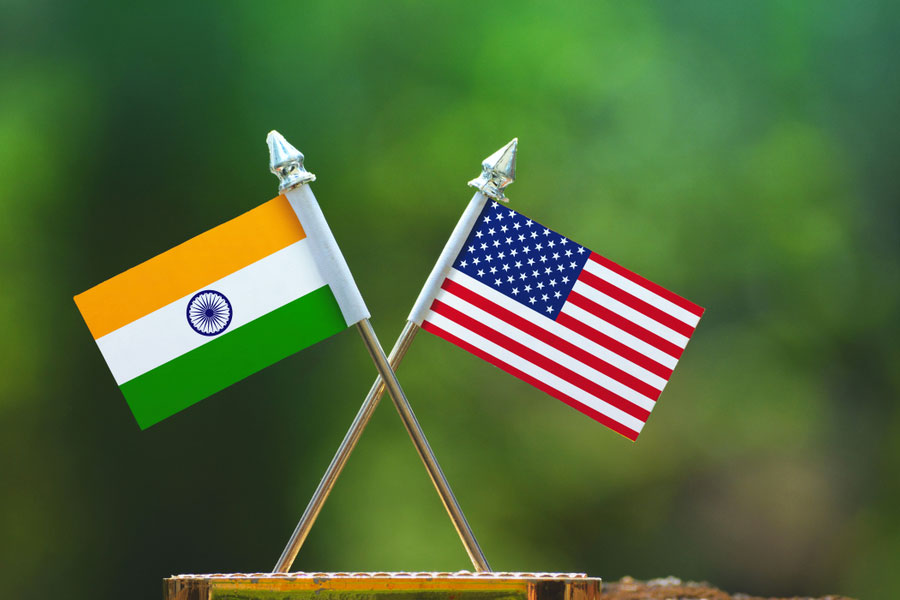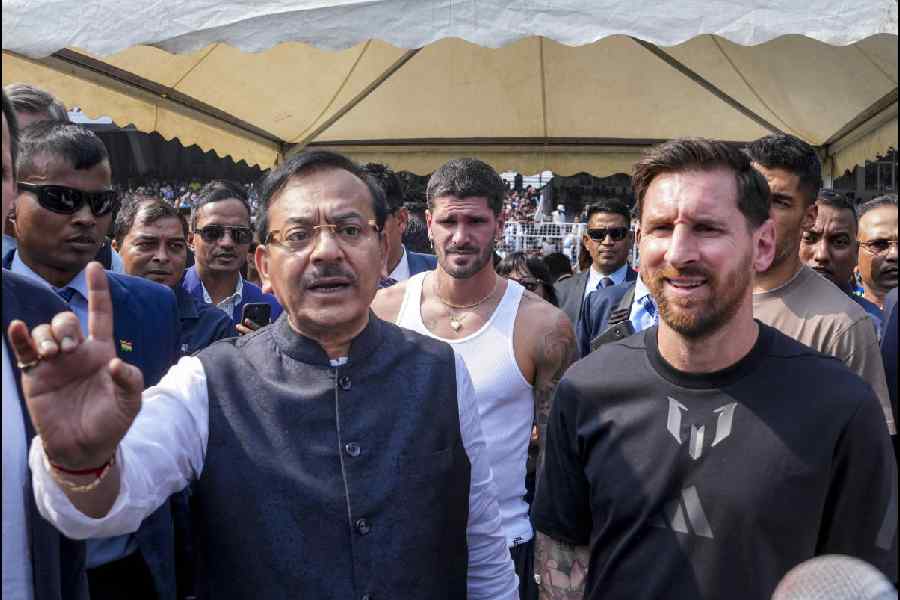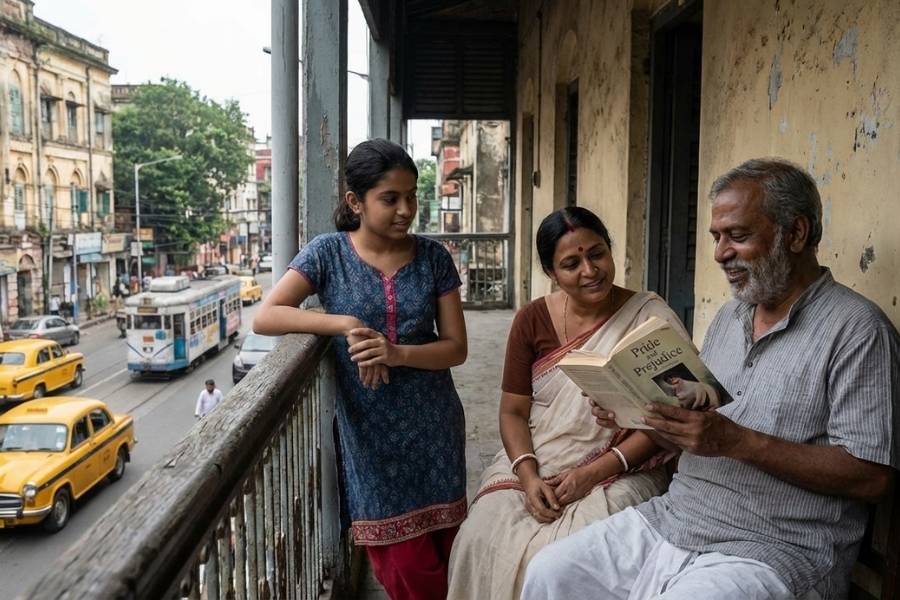Two statements, one from the US and one from India, signalled on Wednesday that New Delhi and Washington might seal an interim trade deal by next month.
PTI quoted a source in the Indian trade talk team as saying that the two countries may agree on an interim deal by June 25. "Talks are moving. Things are on track," a source told the news agency.
The other statement was from White House economic advisor Kevin Hassett, who reportedly said India is among a select group with agreements “close to the finish line”.
A team of US officials is expected to visit India next month for the trade talks.
India's chief negotiator, special secretary in the Department of Commerce Rajesh Agrawal, concluded his four-day visit to Washington last week. He held talks with his US counterpart on the proposed agreement.
Commerce minister Piyush Goyal was also in Washington last week and met with US commerce secretary Howard Lutnick twice.
Both sides are looking at an interim trade deal before the first tranche of the proposed bilateral trade agreement as America’s 26 per cent reciprocal tariff on India is suspended till July 9 this year.
It was imposed by the US on April 2. However, Indian goods still attract the 10 per cent baseline tariff imposed by America.
In the interim trade deal, New Delhi is pushing for full exemption from the 26 per cent reciprocal tariff on domestic goods.
Both countries have fixed a deadline to conclude the first phase of the proposed bilateral trade agreement by the fall (September-October) of this year.
The US remained India's largest trading partner for the fourth consecutive year in 2024-25, with bilateral trade valued at $131.84 billion. The US accounts for about 18 per cent of India's total goods exports, 6.22 per cent in imports, and 10.73 per cent in the country's total merchandise trade.
With America, India had a trade surplus (the difference between imports and exports) of $41.18 billion in goods in 2024-25. It was $35.32 billion in 2023-24, $27.7 billion in 2022-23, $32.85 billion in 2021-22 and $22.73 billion in 2020-21.
The US has raised concerns over this widening trade deficit.
The two trading partners look to more than double bilateral trade to $500 billion by 2030.
To boost bilateral trade, India is seeking duty concessions for labour-intensive sectors like textiles, gems and jewellery, leather goods, garments, plastics, chemicals, shrimp, oil seeds, chemicals, grapes, and bananas in the proposed pact with America.
On the other hand, the US wants duty concessions in sectors like certain industrial goods, automobiles (electric vehicles in particular), wines, petrochemical products, dairy, and agriculture items such as apples, tree nuts and GM (genetically modified) crops.
While the import of GM crops from the US continues to remain a non-starter due to regulatory norms in India, New Delhi is open to import non-GM products like Alpha alpha hay (a kind of cattle feed).
The US pressure for the deal has resulted in alarm bells in certain Indian industry segments, such as dairy.
The US, whose dairy exports reached $8.22 billion last year, is pushing for greater access to India's dairy market, which remains shielded by high import duties and non-tariff barriers.
"It is necessary that we do not give them very cheap access to our markets," Jayen Mehta, managing director of the Gujarat Co-operative Milk Marketing Federation Ltd (GCMMF), which owns Amul, the country's largest dairy brand, told PTI last week.
"They are [intending] to dump their surplus in our country, which we cannot afford," Mehta said.












